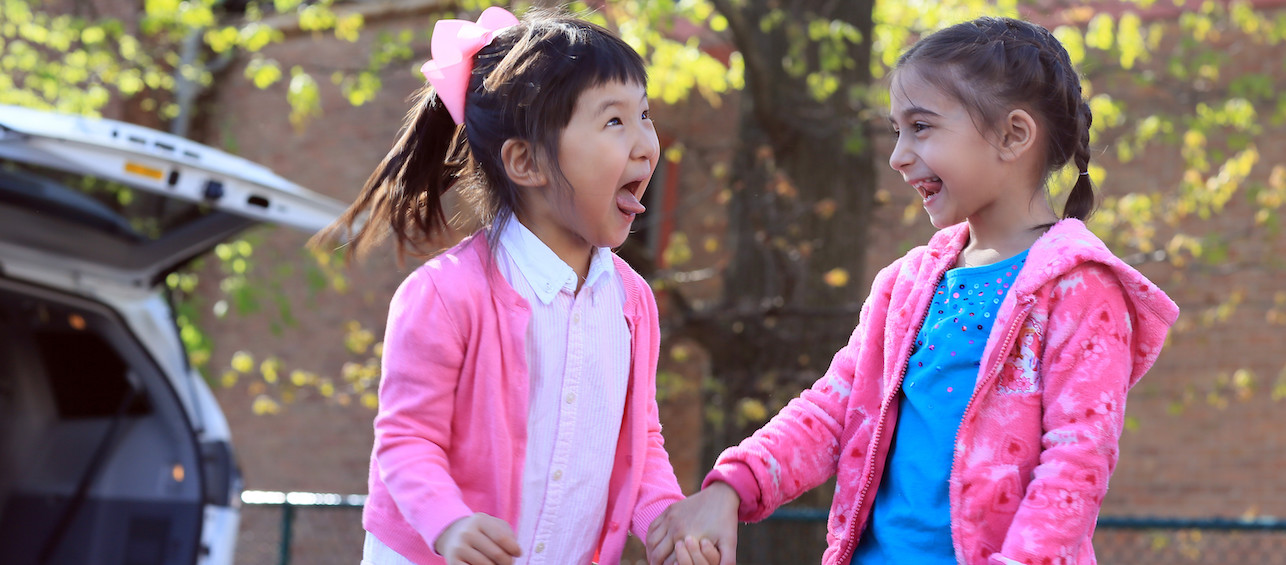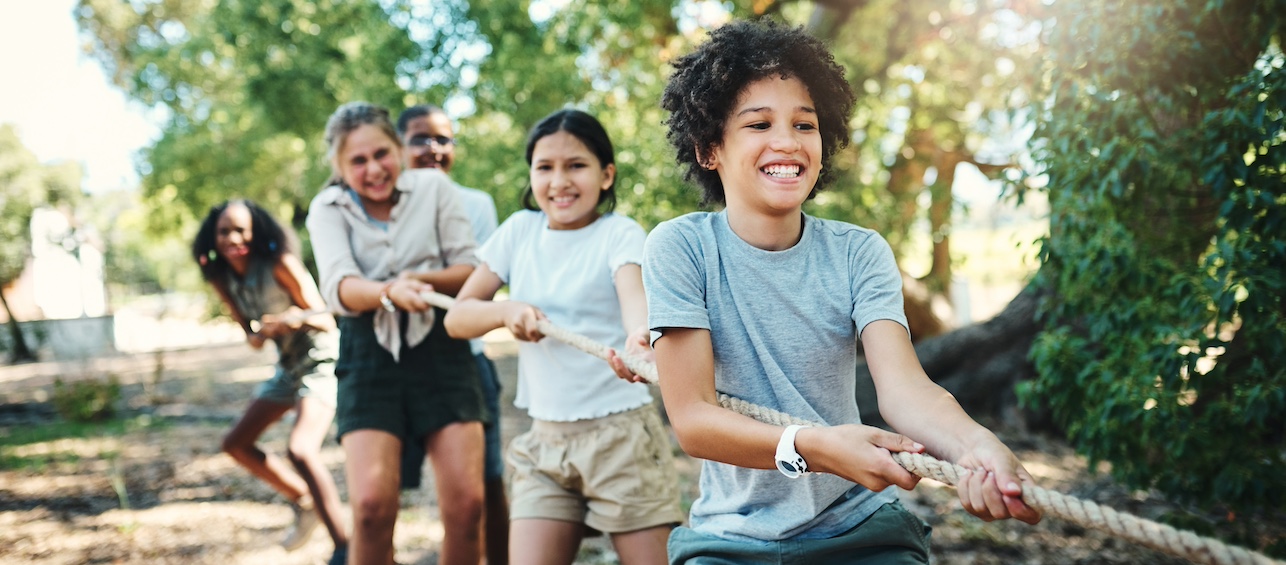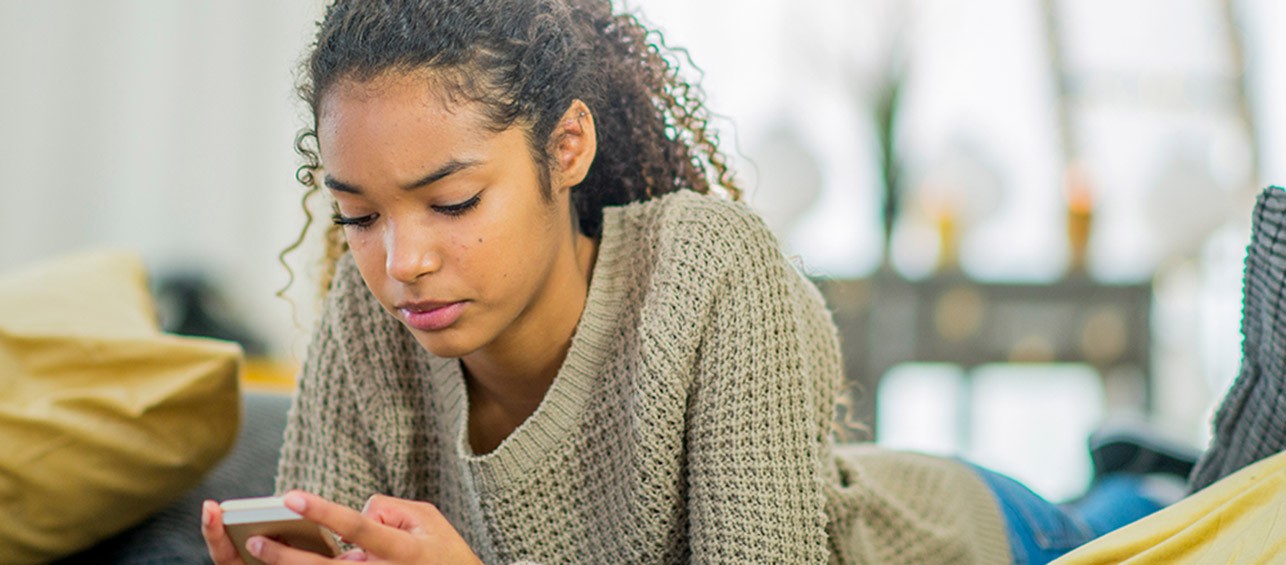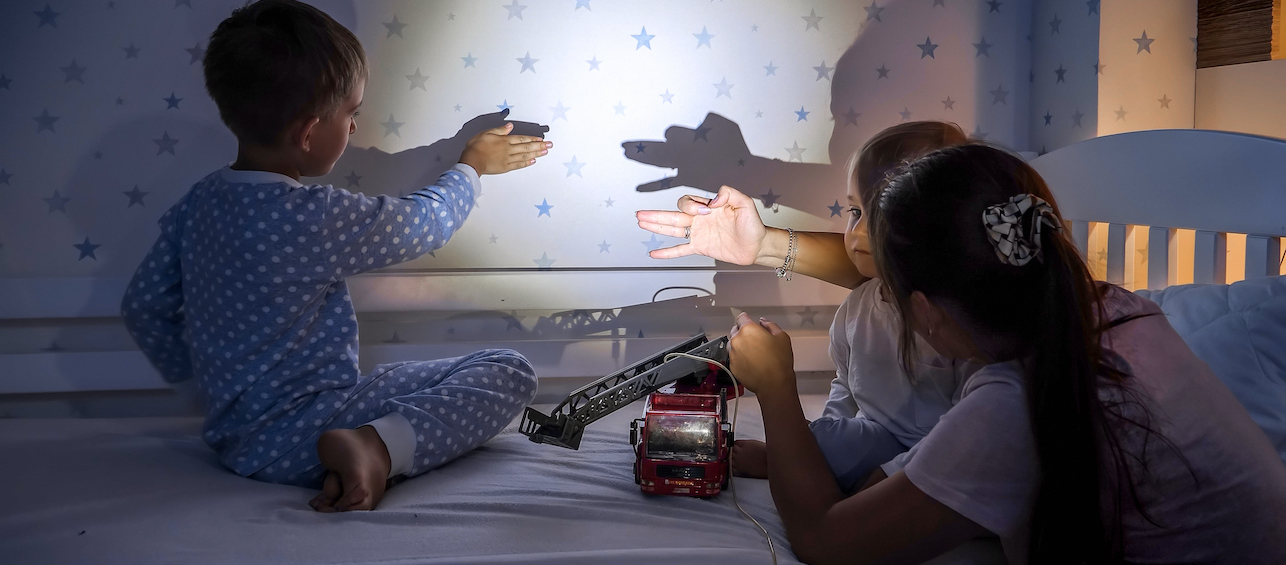As more people are getting vaccinated against COVID-19, families are starting to emerge from over a year of isolation associated with the pandemic. During the COVID shut-downs, many people stayed at home to protect ourselves and others, and that isolated us in ways we have never experienced before.
You may not have been aware of it, but during this time we practiced the opposite of social engagement—we practiced social avoidance. And we did so for a really long time. On top of that, many of our social interactions during that time may have occurred through a computer screen.
Getting Back Out Again
Getting out and finally doing some of the social things we missed feels so good. But you and your children may also notice a feeling of unease and discomfort in these situations. Our social skills are out of practice. It might feel strange being around other people, starting conversations, managing conflict, and reconnecting with friends and others in-person.
We are hearing about these concerns from many of the families that we work with. There is even a name for it: social re-engagement anxiety. If this sounds like you or your child, you are not alone and we have tips to help.
What Is Social Re-engagement Anxiety?
Social re-engagement anxiety is like other forms of anxiety. You might:
- Feel it in your body (fast heartbeat, tight chest) and notice thoughts and feelings of worry or fear about interacting with someone else.
- Wonder how to start a conversation or answer a question.
- Feel uncomfortable being physically close to people indoors or outdoors.
Any social anxiety that someone had before the pandemic may actually be bigger now due to having been isolated for so long.
Kids Are Trying Their Best To Gauge Safety
Kids have heard so many messages about safety since the start of the pandemic: mask wearing, staying 6 feet apart, washing hands, and avoiding germs. As precautions are changing, kids will try really hard to understand what is “safe” and “not safe.” They may ask a lot of questions about if and why something is safe and how you are making your decisions about taking or stopping precautions.
Use these tips for talking with your children about your family’s decisions around COVID precautions:
- Have them look to you as the decision maker. Reassure your child that regardless of what other families do, your family follows your rules. Every family is making their own decisions, and that’s OK.
- Make it comfortable for them to ask you questions and share their concerns.
- Talk in basics. “I am comfortable with this.” “We will wait and do that later.” “We are still being safe by wearing masks, so it is ok for us to do this activity.”
Frequent hand washing continues to be the most important thing you can do to help stop the spread of germs. Also, keep an eye on the latest COVID-related precautions and guidelines from the Centers for Disease Control and Prevention or from your local Department of Health to help guide your choices.
How to Rebuild Social Confidence As COVID-19 Restrictions Are Lifted
To start rebuilding social confidence, we need to retrain our brains and bodies for socializing again. You can do this by gradually and intentionally practicing social engagement rather than social avoidance.
If you notice your child needing support in this area, use the four-step method below to help.
1. Connect
- Make it easy for your child to talk with you about their thoughts and feelings. Look at them when they are talking to you and eliminate other distractions. Talk about anxiety and fear being normal responses to new or challenging situations.
- Talk with your child about similar worries that you may have. Tell them how you feel both physically and emotionally, and what strategies you use to feel better when feeling uncomfortable.
2. Teach
- Teach your child to identify anxiety. They may experience:
- Thoughts such as “This is too much” or “Something bad is going to happen;”
- Body reactions including a racing heart, fast breathing or shaking; or
- Feelings of sadness or being scared and maybe not knowing why.
- Help them label these experiences as anxiety. Talk about how facing fears will help them feel more confident and will make anxiety smaller over time.
- Teach and practice relaxation skills. Start by doing relaxation together during low-stress times to build your child’s confidence to use strategies when anxiety is bigger, or when you are not present to help. Kids often enjoy the following ways to relax: finding a quiet space, taking slow breaths down to their belly, closing their eyes and imagining being at their favorite place.
- Create a coping plan with your child that they can use when they are nervous. For your child, this might include telling someone they need help, stepping away to a quiet place, doing some relaxation, coming back to face the fear in a small way, and cheering themselves on.
3. Prepare
- Prepare your child for conversations and situations. What questions could they ask a friend? What questions might they be asked by a friend, teacher or coach?
- Help them plan what to do if they are feeling overwhelmed, including asking a trusted adult for help.
- Plan for small and gradual exposure to fears either with you or a mental health professional.
- Walk through the scenario in your imagination. Role play different aspects of social interactions. Go to the location of an event when there are no or few people. Set up a code word or signal to use when anxiety is climbing, and plan for how to step away or take a break to use the coping plan.
4. Reinforce
- Point out and praise any of your child’s attempts to practice and improve their coping skills.
- Recognize progress rather than working toward perfection, as social anxiety is often related to fears of failure or letting others down.
It’s OK To Take Things Slowly
As we safely start to resume some of the social activities we used to enjoy pre-COVID, be understanding with your child, and with yourself. Social re-engagement might feel uncomfortable sometimes. Many people’s social skills are a little rusty; taking things slowly can help.
If you or your child finds that the anxiety related to social re-engagement is overwhelming and hard to manage, mental health professionals can provide effective support and interventions.
Editor’s Note: Wendi Lopez, PsyD, co-authored this blog post. She is a pediatric psychologist in the Division of Behavioral Medicine and Clinical Psychology at Cincinnati Children’s.







Thank you for this timely and insightful article. Very helpful!